Mycobacterium tuberculosis NGS made easy: data analysis step-by-step [2023]
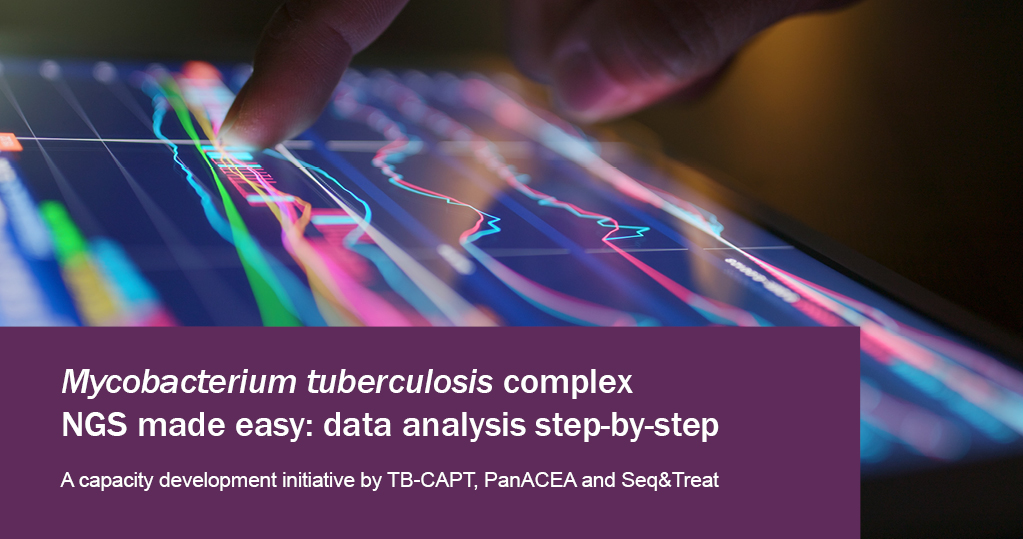
- Back to Course Overview Page
- YouTube Playlist
Below you will find everything you need to follow this course!
Welcome & Setup
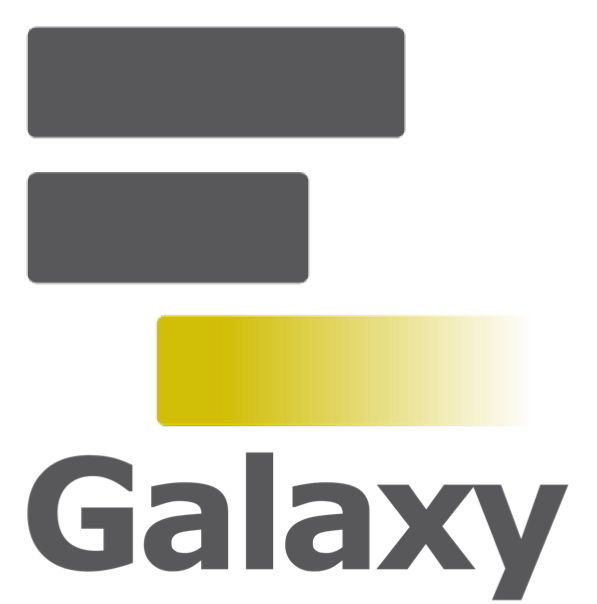
Register for a Galaxy Account
Create an account on one of the following Galaxy servers:
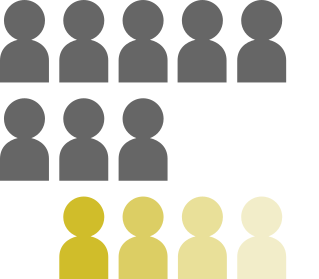
Join TIaaS group
Training Infrastructure as a Service (TIaaS) helps Galaxy workshops run smoothly.
Joining TIaaS will make your jobs run quicker.
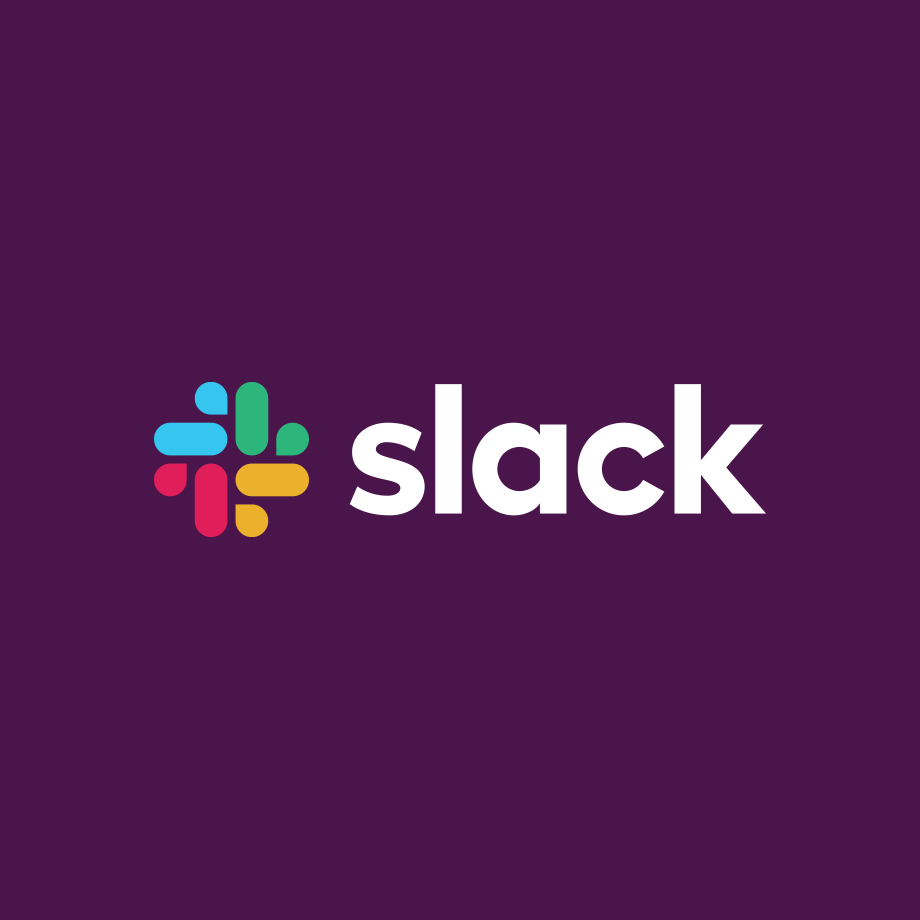
Join Slack Chat!
Slack is where you can ask all your questions
- Join Slack: Invite link
- Join Channel: #event-mtb-ngs (and say Hi!)
Be active on Slack!
- Join the Slack channel every day
- Talk about the session you just attended! Got stuck? Have a question about the science? Want to discuss anything? Want to thank your instructors? Do it in Slack!
- Enjoyed a hands-on tutorial? Take a moment to thank your (volunteer) instructors and speakers on Slack
- And please, feel free to help other participants on Slack if you know the answer!”
See our Slack Tips & Tricks page for some more info about Slack and how we use it.

GalaxyProject Code of Conduct
We are committed to providing a welcoming and inspiring community for all,
and expect our code of conduct to be honored.
Please read the Code of Conduct and adhere to it throughout this event.
If you witness any violations of this code of conduct, please report it to us.
Read the full Code of Conduct
Live Welcome session (optional)
We would like to welcome you to this trainning, to present ourselves and to clarify any organizational question you might have.
Note: This is a training session outside of the GTN. Please contact the authors if you have questions.
Day 1
There were unusually high rates of TB cases in your country this year. To characterize the underlying bacterial strains driving the epidemic, isolates have been sent for whole-genome sequencing. Doctors and public health authorities request information in order to take decisions. In this course it will be demonstrated how you would make use of NGS to answer several questions relevant for patient and public health system management such as:
- Are there cases of drug resistant bacteria?
- Is there transmission of drug resistance?
- Is there evidence of de novo emergence of resistance?
- Are there multiple infections per patient?
- Do we have on-going transmission?
We hope that at the end of the different training sessions you can answer this question on your own and can apply what you have learnt to your own data!
Overview of NGS technologies & TB specific NGS solutions
Come say Hi in Slack! Let us know you are joining today and are getting started!

Icebreaker Question
Introduce yourself and tell us one fun fact about yourself!
Post your answers in #event-mtb-ngs on Slack!
Please feel free to respond to each other here, this channel is for socializing and getting to know each other! :)
Webinar: Overview of NGS technologies & TB specific NGS solutions
This webinar will introduce different sequencing technologies and what applies best to what kind of problem.
Note: This is a training session outside of the GTN. Please contact the authors if you have questions.
Webinar: Implementation of NGS for TB- WHO documents and other considerations
This webinar will summarize the recommendations and considerations available from the WHO documents on the use of NGS for TB
Note: This is a training session outside of the GTN. Please contact the authors if you have questions.
Q&A session
If you are part of the Mtb NGS training event we would like to hear your opinion on the following questions and promote discussion in this Q&A session. Please let us know your thoughts on one or more of the following questions in the shared notes; 1) How do I choose the right sequencing technology for my samples? 2) What is needed for NGS? 3) Why is NGS better for drug resistance and outbreak analysis? Also take the chance to ask us or write down in the shared notes other questions you might have.
Note: This is a training session outside of the GTN. Please contact the authors if you have questions.
Day 2
The 20 strains isolated in your country have been sequenced with Illumina technology to obtain whole-genome sequences. In this part of the workshop you will learn how to analyse those sequences.
In a typical bioinformatic pipeline you would store your sequences in a computer server where all necessary software would be installed. This would be a server running the operating system LINUX, which is the most efficient way to run bioinformatics pipelines (more on this on Day 4). You will be running your analysis in a LINUX server from Galaxy, but instead of writing directly commands to execute operations in the server, you will be executing operations through a Galaxy graphical interface. This allows you to have access to a LINUX server and to run workflows without knowing LINUX. Importantly, for training purposes it also allows you to dedicate more attention in trying to understand what is being done in each of the steps without having to understand the programing behind. This being said, working directly on a LINUX cluster provides you always more flexibility, but if you don’t have access to one, Galaxy is a very good alternative for data analysis.
You will need to understand how to use Galaxy to run all the hands-on tutorials and therefore is highly recommended that you follow the next webinar and hands-on on Galaxy. The good thing about this is that once you know how it works, you can use it to run your own analysis with your own data.
Come say Hi in Slack! Let us know you are joining today and are getting started!

Icebreaker Question
What is your favorite dish (food or drink)? Bonus points for recipes!
Post your answers in #event-mtb-ngs on Slack!
Please feel free to respond to each other here, this channel is for socializing and getting to know each other! :)
Session 1: Learning Galaxy
Session 2: Mapping and Variant calling of short MTBC reads
Let us imagine that you have received the sequences of the 20 strains, the first step is to assess the quality of sequencing. Once we are sure that the sequencing worked well, we typically compare our sequencing results to a reference genome (re-sequencing approach) by using a bioinformatics procedure usually called mapping. After, we will identify the genomic variants in our sequences with respect to the reference genome, a bioinformatics procedure called, variant calling. Once we are certain of the variants we have identified, usually we are interested in determining to what genes they belong, to what pathways, or for instance if they are likely to disrupt protein function. This procedure is called annotation. Once we have gone through each of these steps we are ready to analyse drug resistant patterns, draw phylogenetic relationships or identify clusters of transmission of M. tuberculosis.
You are now ready for performing bioinformatic analysis in Galaxy. Before we start we would like you to watch a short video on how Illumina sequencing works. Following that video we have prepared a webinar on mapping and variant calling of Illumina applied to MTBC. After watching it you will be hopefully able to know; how a reference genome is chosen, why we typically ignore some regions of the MTBC genomes or what is the difference between a fixed and a variable SNP and why do we care about it (among other things).
Illumina sequencing principle video
Note: This is a training session outside of the GTN. Please contact the authors if you have questions.
Webinar: Mapping and Variant calling
Main bioinformatics steps involved in mapping and variant calling from Illumina short reads applied to MTBC
Note: This is a training session outside of the GTN. Please contact the authors if you have questions.
Q&A session
Meet the the experts
Speaker
Note: This is a training session outside of the GTN. Please contact the authors if you have questions.
M. tuberculosis Variant Analysis
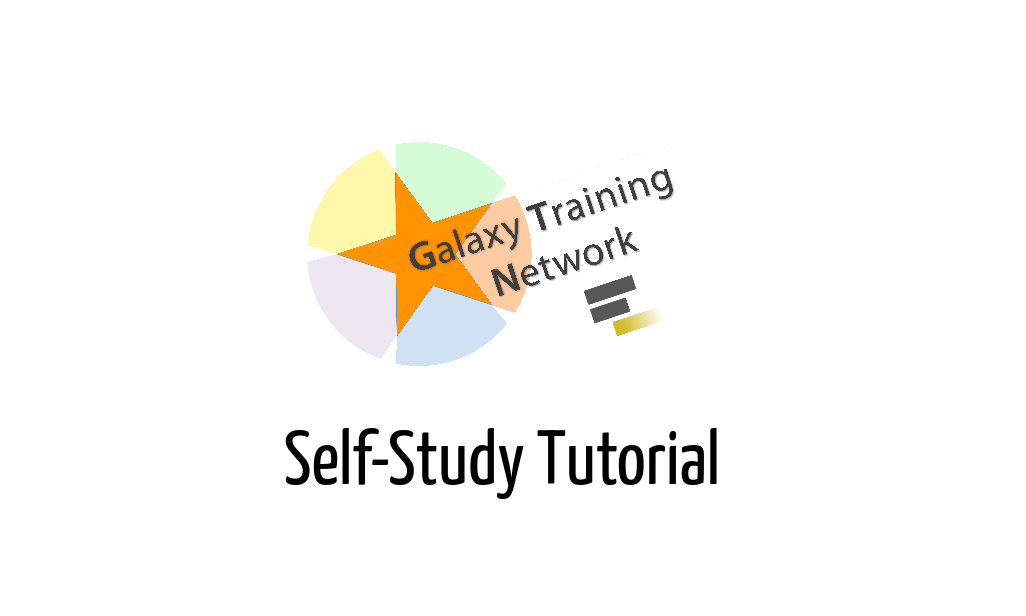 This is a self-study session. Please work through the materials on your own, and ask the instructors for help if you get stuck or have any questions!
This is a self-study session. Please work through the materials on your own, and ask the instructors for help if you get stuck or have any questions!
Instructor
Q&A session
Meet the the experts
Speaker
Note: This is a training session outside of the GTN. Please contact the authors if you have questions.
Day 3
We are ready to analyse drug resistant patterns, draw phylogenetic relationships or identify recent transmission among the isolates we have sampled in our population. Before delving into the analysis of the genomes we would like to share with you some notions important to the inference of direct transmission and to the interpretation of drug resistant patterns.
Evolutionary epidemiology: using phylogenetics to understand DR emergence and Mtb transmission
Come say Hi in Slack! Let us know you are joining today and are getting started!

Icebreaker Question
What is the coolest, most mind blowing fact (nature/people/animal etc.) you know?
Post your answers in #event-mtb-ngs on Slack!
Please feel free to respond to each other here, this channel is for socializing and getting to know each other! :)
Webinar: Drug resistance prediction
Principles of drug resistance detection from genomic data
Note: This is a training session outside of the GTN. Please contact the authors if you have questions.
Webinar: "Phylogenetic" mutations
This video will introduce one special type of mutations to take into account when studying drug resistance patterns
Note: This is a training session outside of the GTN. Please contact the authors if you have questions.
Webinar: The concept of clustering
Main aspects of clustering analysis to infer transmission in MTBC
Note: This is a training session outside of the GTN. Please contact the authors if you have questions.
Webinar: Genetic distance thresholds
Clustering as an approximation to infer transmission
Note: This is a training session outside of the GTN. Please contact the authors if you have questions.
Identifying tuberculosis transmission links: from SNPs to transmission clusters
 This is a self-study session. Please work through the materials on your own, and ask the instructors for help if you get stuck or have any questions!
This is a self-study session. Please work through the materials on your own, and ask the instructors for help if you get stuck or have any questions!
Instructor
Q&A
Discussion with the experts
Speaker
Note: This is a training session outside of the GTN. Please contact the authors if you have questions.
Tree thinking for tuberculosis evolution and epidemiology
 This is a self-study session. Please work through the materials on your own, and ask the instructors for help if you get stuck or have any questions!
This is a self-study session. Please work through the materials on your own, and ask the instructors for help if you get stuck or have any questions!
Instructor
Check what you have learnt!
We hope that you are enjoying the training, and that many things that you are learning will be useful for your research! We would like you to answer some questions, so both you and us, can assess whether the main concepts covered in the hands-on tutorials on Mtb NGS data analysis were understood. For that please follow the link bellow. If you are interested in knowing what we think about these questions join us on Day 5
Note: This is a training session outside of the GTN. Please contact the authors if you have questions.
Q&A
Discussion with the experts
Speaker
Note: This is a training session outside of the GTN. Please contact the authors if you have questions.
Day 4
Session 1: Webtools dedicated to MTBC bioinformatics
The use of whole-genome sequencing (WGS) for antibiotic resistance prediction and routine typing of bacterial isolates has increased substantially in recent years. To date a multitude of solutions for analyzing WGS data of the Mycobacterium tuberculosis complex (MTBC) data have been developed. In the first part of the 4th day of this workshop, we introduce some freely available webtools and open source pipelines designed to analyze MTBC sequence data and we’ll provide some examples of how these tools work and how to interpret the results.
Come say Hi in Slack! Let us know you are joining today and are getting started!

Icebreaker Question
What is a book, film, tv show or game that you've enjoyed recently?
Post your answers in #event-mtb-ngs on Slack!
Please feel free to respond to each other here, this channel is for socializing and getting to know each other! :)
Webinar: Web tools for analysis of MTBC sequenced data
Introduction to most common web tools for fast identification of bacterial species from raw sequencing reads
Note: This is a training session outside of the GTN. Please contact the authors if you have questions.
Webinar: Introduction to the MTBseq pipeline
Introduction to MTBseq pipeline, an automated pipeline for mapping, variant calling and detection of resistance mediating and phylogenetic variants from whole genome sequence data of MTBC
Note: This is a training session outside of the GTN. Please contact the authors if you have questions.
Q&A
Meet the the experts
Speaker
Note: This is a training session outside of the GTN. Please contact the authors if you have questions.
Session 2: Be a bioinformatician in the jungle (optional)
On Day 2 and 3 you have learned how you could use galaxy for analysing your own data. Establishing your own workflows in galaxy would allow you combining different tools and build your own pipeline without having to know how to program. If you are not so interested in having your own pipeline, webtools for WGS analysis can be very useful, as we have shown in the previous session.
However, in the last part of the training we would like to convey to you what it would take if would want to run Linux via the command line. The Linux operating system will be introduced, how to perform basic tasks using the Unix shell and how to install and run pipelines on the command line. You will learn the power of the Unix shell in performing complex and powerful tasks, often with just a few keystrokes or lines of code. In fact, Unix shell helps users automate repetitive tasks and easily combine smaller tasks into larger, more powerful workflows (i.e. pipelines). Use of the shell is fundamental to a wide range of advanced computing tasks, including high-performance computing. These webinars will introduce you to this powerful tool. Which approach to choose, Galaxy workflows, Webtools or native Linux depends on your needs, your interests and what computer resources you have available.
Webinar: Introduction to Linux
Introduction to Linux OS: installation and usage
Note: This is a training session outside of the GTN. Please contact the authors if you have questions.
Webinar: How to run programs (Python, Docker, Nextflow)
Learning how to install and use programs to analyze data
Note: This is a training session outside of the GTN. Please contact the authors if you have questions.
Webinar: Demo on how to run the Linux command line
Demo video on how to use the shell commands
Note: This is a training session outside of the GTN. Please contact the authors if you have questions.
Hands-on: The Unix Shell
Recommended tutorial from software carpentries to those wanting to learn Linux.
Speaker
Note: This is a training session outside of the GTN. Please contact the authors if you have questions.
Q&A
If you have questions about web tools or what is the best way to become a bioinformatian, or if there are aspects of the webinars and tutorial that you would like to discuss in with the experts, please join the Q&A session. Fill free to write down in the shared notes those questions as well as that can help the experts to struture the discussion.
Speaker
Note: This is a training session outside of the GTN. Please contact the authors if you have questions.
Day 5
Today all experts will be available to answer your questions and discuss any of the tutorials, webinars, or questions related to your own data. Meet with us at the zoom link!
Q&A
Discussion with the experts
Speaker
Note: This is a training session outside of the GTN. Please contact the authors if you have questions.
Wrap-up








